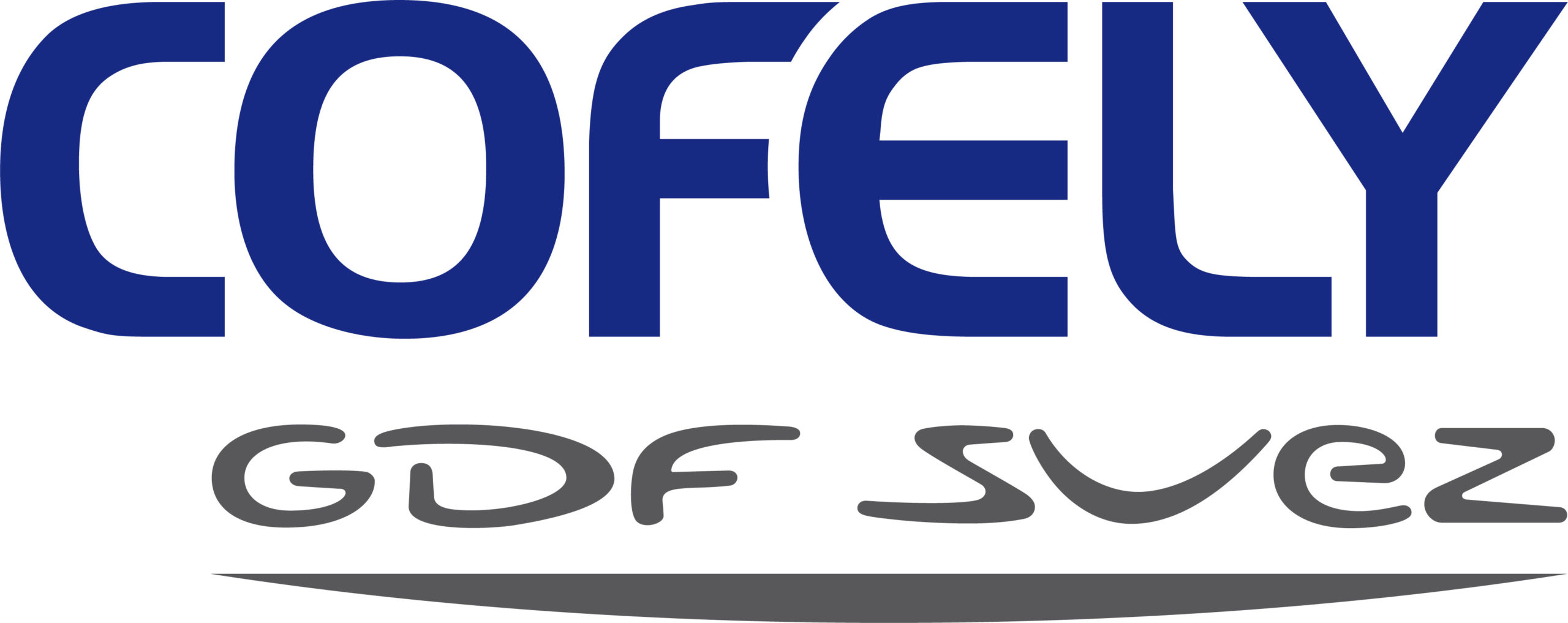Positioning of 32 cooling units on Cofely’s roof
At the Cofely project site in Cessnalaan in Schiphol-Rijk, Koninklijke Saan placed 32 cooling units on the roof over two weekends. Some of the cooling units had previously been put into storage by Saan and they were not transported and delivered to the site until the day of their installation.
Because the radius of the roof of the building was very large, Saan’s project engineer produced a comprehensive lifting plan. In fact, it was also necessary to obtain permission relating to height restrictions from Schiphol in connection with the airport approach route. Saan decided to place a 400-tonne crane with a 70-metre movable jib at the front of the building. All the cooling units were first lifted on to the roof with this crane and offloaded. Then the units on the roof were placed directly on to a special Saan roller system. Then the units were moved over the steel structure on the roof to their final positions. Following the instructions of Cofely employees, Saan’s industrial relocators placed the cooling units in precisely the right positions.
The work was done in the evening over two weekends so as to keep the disturbance to Schiphol and the surrounding area to a minimum. On the other side of the road from the project site there is a transport company and Cessnalaan is also a one-way road. So Saan used traffic controllers to divert the traffic efficiently around the work and to ensure the safety of those working on this project. In addition, permission for a maximum of 100 metres was applied for regarding the height restriction in connection with the Schiphol approach route for the lifting of the cooling units. In total, Saan placed 32 cooling units on the roof including Hybrid Dry Cooling Units weighing 5,500 kg, Hydraulic Containers weighing 10,000 kg and Chillers weighing 7,620 kg. The first two units were already standing ready for lifting at the site and after that a unit was delivered every half hour so as to permit a constant workflow.



